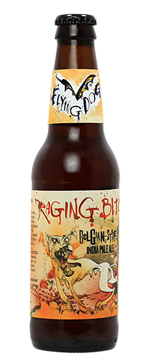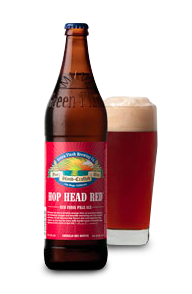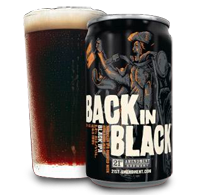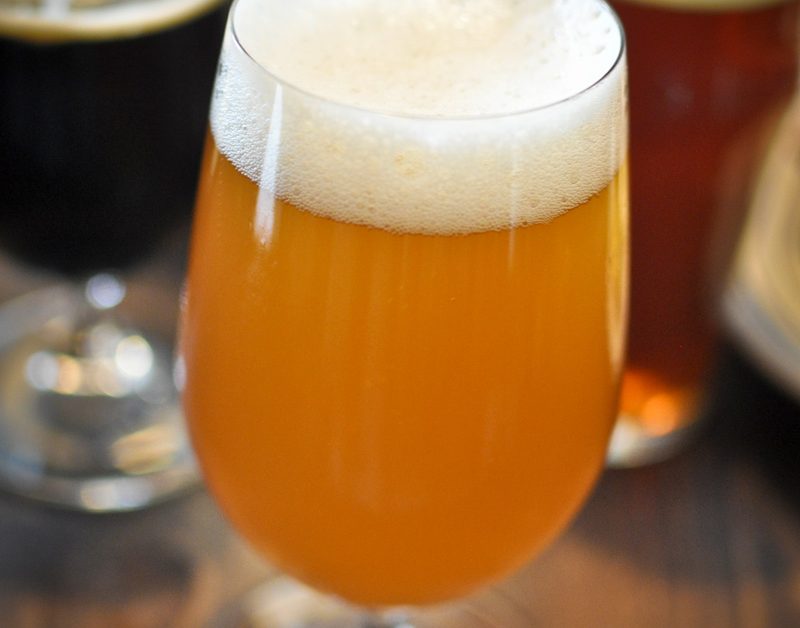In a world where innovation only breeds innovation, it’s natural that craft beer, an industry born from ingenuity, is ever-evolving. Today, there are no laws that dictate how beer must be brewed, and the creative ability of craft brewers is seemingly unlimited.
Older styles are continuously being manipulated to create newer styles and sub-categories. As a result, style guidelines and categories are constantly changing to keep up with the evolution of craft brewing.
India Pale Ale Categories
One of the most manipulated styles today is the India pale ale (IPA). The Brewers Association style guidelines recognize three official categories of IPA (four if you include the American black ale, often referred to as a black IPA):
- English-style India pale ale
- American-style India pale ale
- Imperial (double) India pale ale
Although those are the only styles of IPA that are defined and judged, the spectrum of IPA sub-categories is not limited to three. Essentially, outside of changing its color, there are two ways that brewers manipulate the style: 1) Take an IPA base recipe and ferment it with an atypical yeast strand; 2) take a different style of beer and hop it as if it were an IPA.
Today, I am attempting to name and describe some of the not-yet defined sub-categories of IPA emerging in the marketplace. Please note that as with most experimental beer styles without official guidelines, these sub-categories are still slightly ambiguous and open to interpretation.
The “Other” India Pale Ales
Belgian-style IPA

IPA base recipe fermented with Belgian yeast. Similar appearance, malt content, hop aroma and flavor profile as an IPA, but with noticeable fruity esters and flavor characteristics of Belgian yeast.
Commercial Examples
- Bitter Monk Belgian Double IPA | Anchorage Brewing Company | Anchorage, AK
- Belgo IPA | New Belgium Brewing | Fort Collins, CO
- Raging Bitch Belgian-Style IPA | Flying Dog Brewery | Frederick, MD
- Triomphe Belgian Style IPA | Brewery Vivant | Grand Rapids, MI
India Session Ale
India session ales provide all of the hop goodness of an IPA, but at a more sessionable ABV level. Learn more about this emerging style in “7 India Session Ales for Summer” by Brian Yaeger.
Commercial Examples
- All Day IPA | Founder’s Brewing Co. | Grand Rapids, MI
- Alpha Session | Drake’s Brewing | San Leandro, CA
- Hoppy Hobbit Session IPA | Wrecking Bar Brewpub | Atlanta, GA
- Trader Session IPA | Uinta Brewing Co. | Salt Lake City, UT
- Wanderer Session IPA | North Peak Brewing Company | Traverse City, MI
White IPA
Belgian witbier hopped like an IPA. Similar color, body and esters as a witbier with noticeable hop aroma, flavor and bitterness.
Commercial Examples
- Chainbreaker White IPA | Deschutes Brewery | Bend, OR
- No. 2 White IPA | Boulevard Brewing Company | Kansas City, MO
- Pig War White IPA | Hopworks Urban Brewery | Portland, OR
- White IPA | Saranac | Utica, NY
- White IPA | Blue Point Brewing Company | Patchogue, NY
Brettanomyces/ Wild IPA
An IPA or IPA sub-category that goes through primary, secondary or other fermentation with wild yeast.
Commercial Examples
- Brett-fermented Eight Point IPA | Devils Backbone Brewing Company | Roseland, VA
- Hop Savant | Crooked Stave Artisan Beer Project | Denver, CO
- Wild Devil | Victory Brewing Company | Downingtown, PA
 Red IPA
Red IPA
American red ale brewed at a higher strength and hopped like an IPA. Typically, redder in color than an IPA, with deep ruby hues.
Commercial Examples
- Count Hopula Blood Red IPA | SanTan Brewing Company | Chandler, AZ
- Hop Head Red | Green Flash Brewing Co. | San Diego, CA
- Imperial Red IPA | Blue Hills Brewery | Canton, MA
- Sockeye Red IPA | Midnight Sun Brewing Company | Anchorage, AK
- Tasmanian Red | Samuel Adams | Boston, MA
Rye IPA
IPA brewed with the addition of rye as an ingredient.
Commercial Examples
- Hop Rod Rye IPA | Bear Republic Brewery | Healdsburg, CA
- Red’s Rye PA | Founders Brewing Co. | Grand Rapids, MI
- Rich & Dan’s Rye IPA | Harpoon Brewery | Boston, MA
- Ruthless Rye IPA | Sierra Nevada Brewing Co. | Chico, CA
- Wookey Jack | Firestone Walker Brewing Company | Paso Robles, CA
Spiced/ Herbed IPA
IPA brewed with the addition of spices, herbs or flowers.
Commercial Examples
- Avatar Jasmine IPA | Elysian Brewing Company | Seattle, WA
- Basil IPA | Anderson Valley Brewing Company | Boonville, CA
- Roots Revival Carrot IPA | Twisted Pine Brewing Co. | Boulder, CO
Black IPA
The black IPA is arguably one of the most discussed beer sub-category these days. Technically, the style has already been named and defined by the Brewers Association as the American-style black ale. It is essentially an IPA brewed with the addition of dark specialty malts, resulting in a dark brown to black IPA with a hint of roasted malt flavor.
Commercial Examples
- B-Craft Black Double IPA | Arcadia Ales | Battle Creek, MI
- Back in Black | 21st Amendment Brewery | San Francisco, CA
- Black Top Black IPA | New Glarus Brewing | New Glaurs, WI
- Foster Black IPA | Hill Farmstead Brewery | Greensboro Bend, VT
As you can imagine, the potential for sub-categories of sub-categories becomes exponential when these styles are combined. As more and more brewers step outside of the traditional style guidelines, expect to see more variations of the IPA style to appear in the marketplace. Do you know of others? Leave a comment!
CraftBeer.com is fully dedicated to small and independent U.S. breweries. We are published by the Brewers Association, the not-for-profit trade group dedicated to promoting and protecting America’s small and independent craft brewers. Stories and opinions shared on CraftBeer.com do not imply endorsement by or positions taken by the Brewers Association or its members.


Share Post